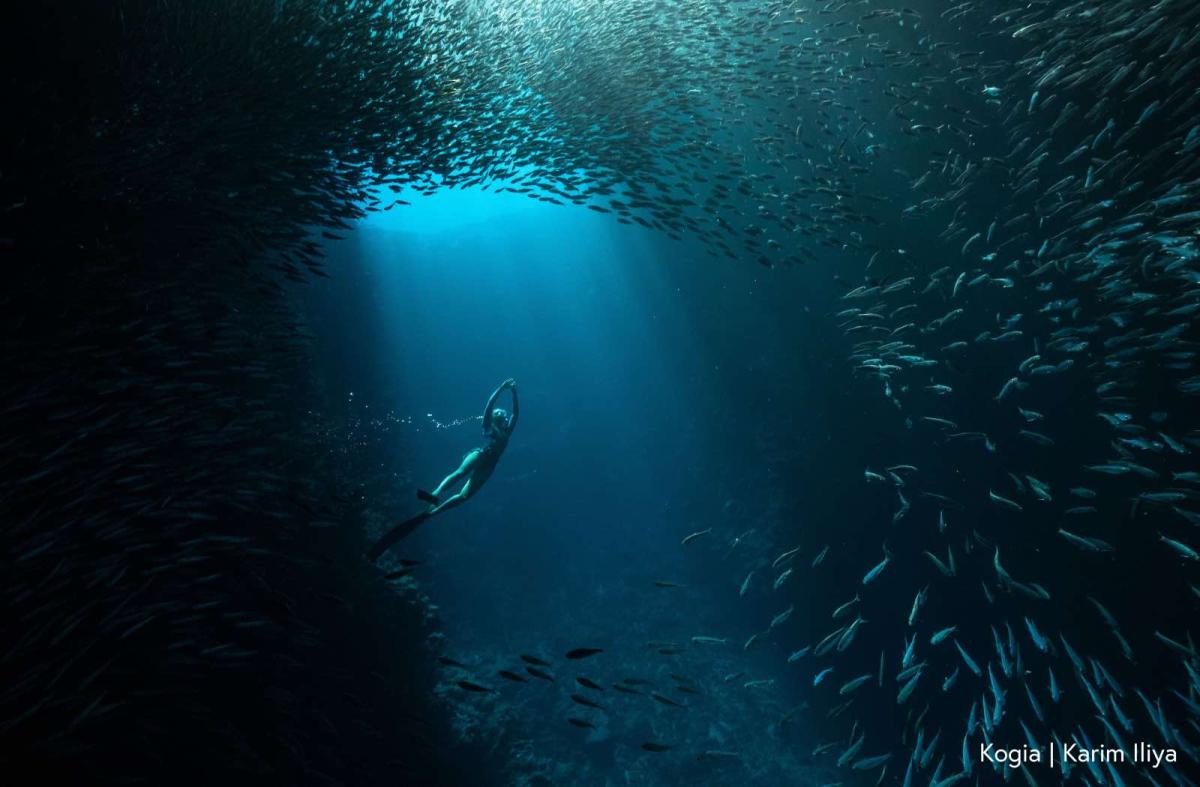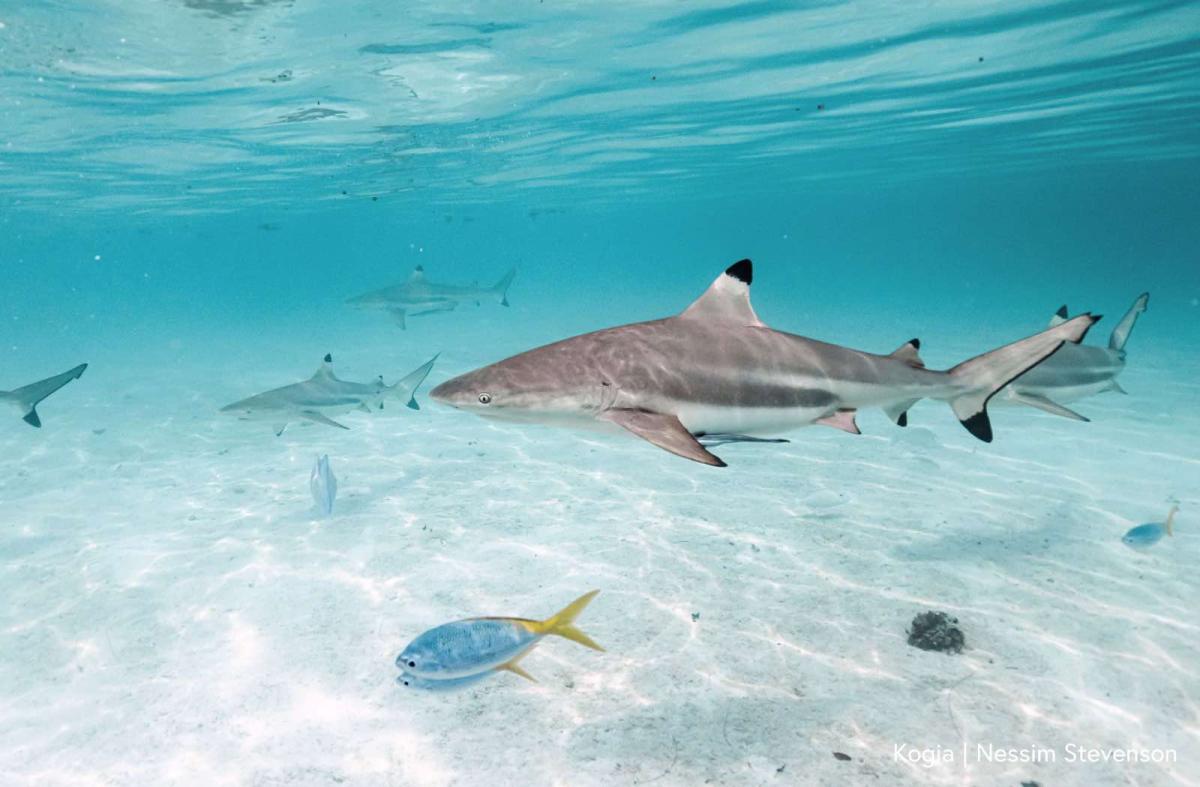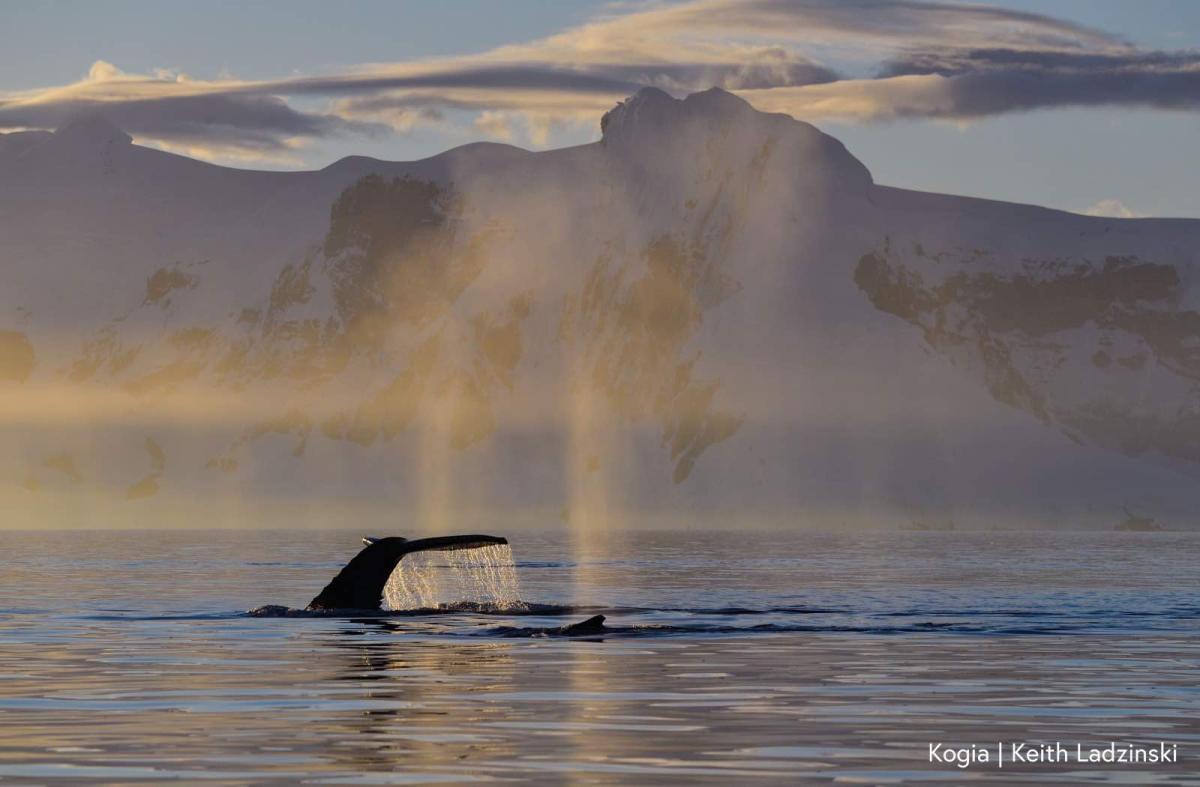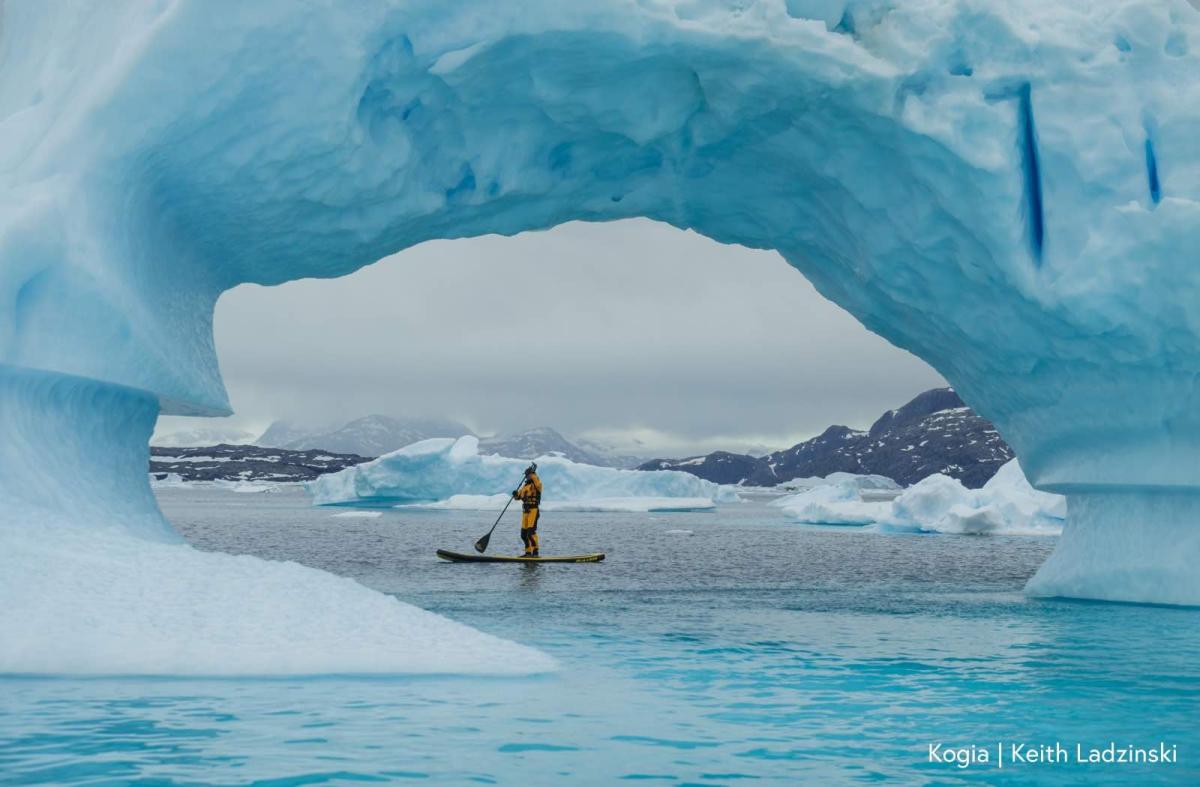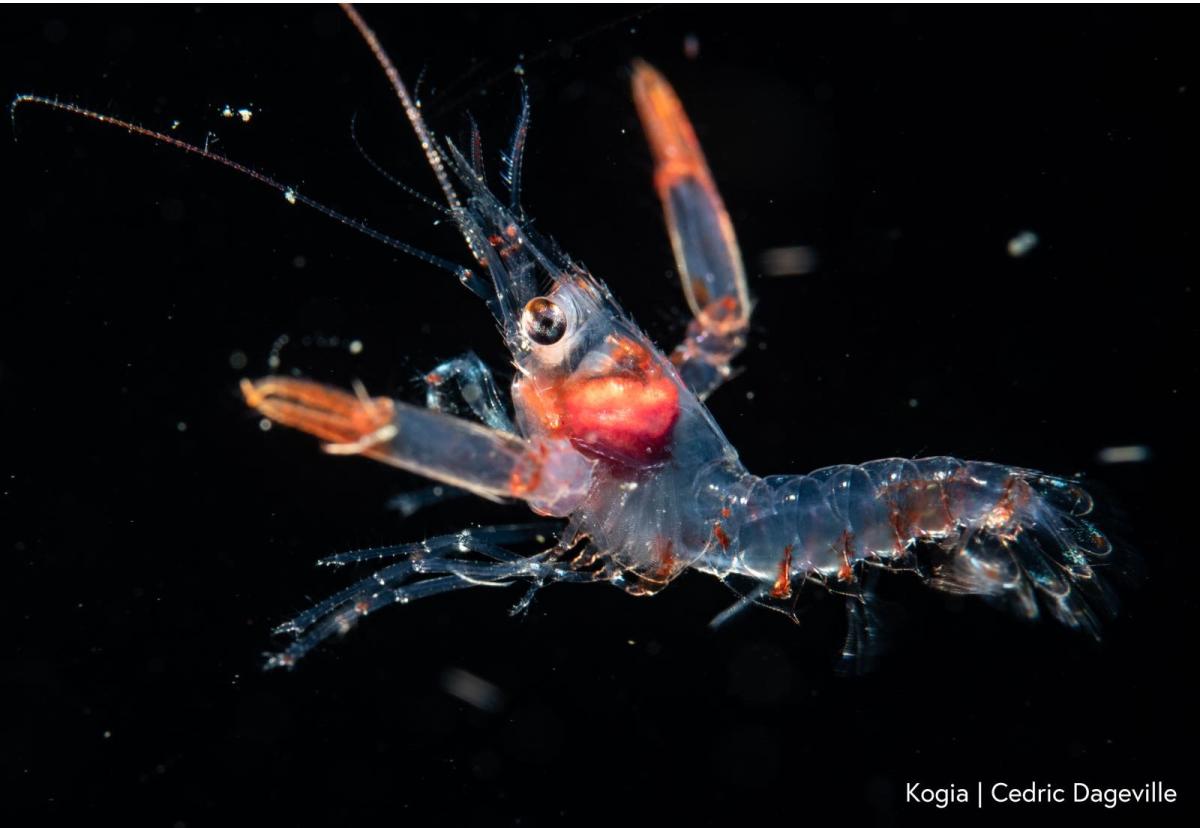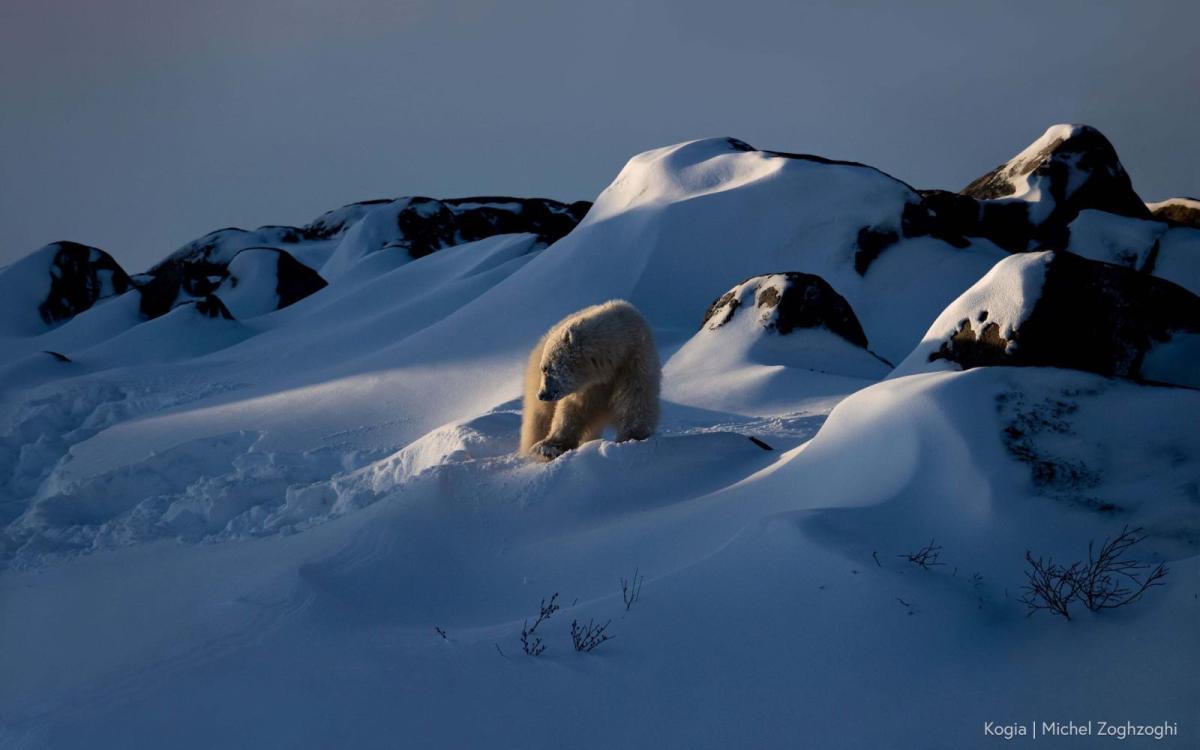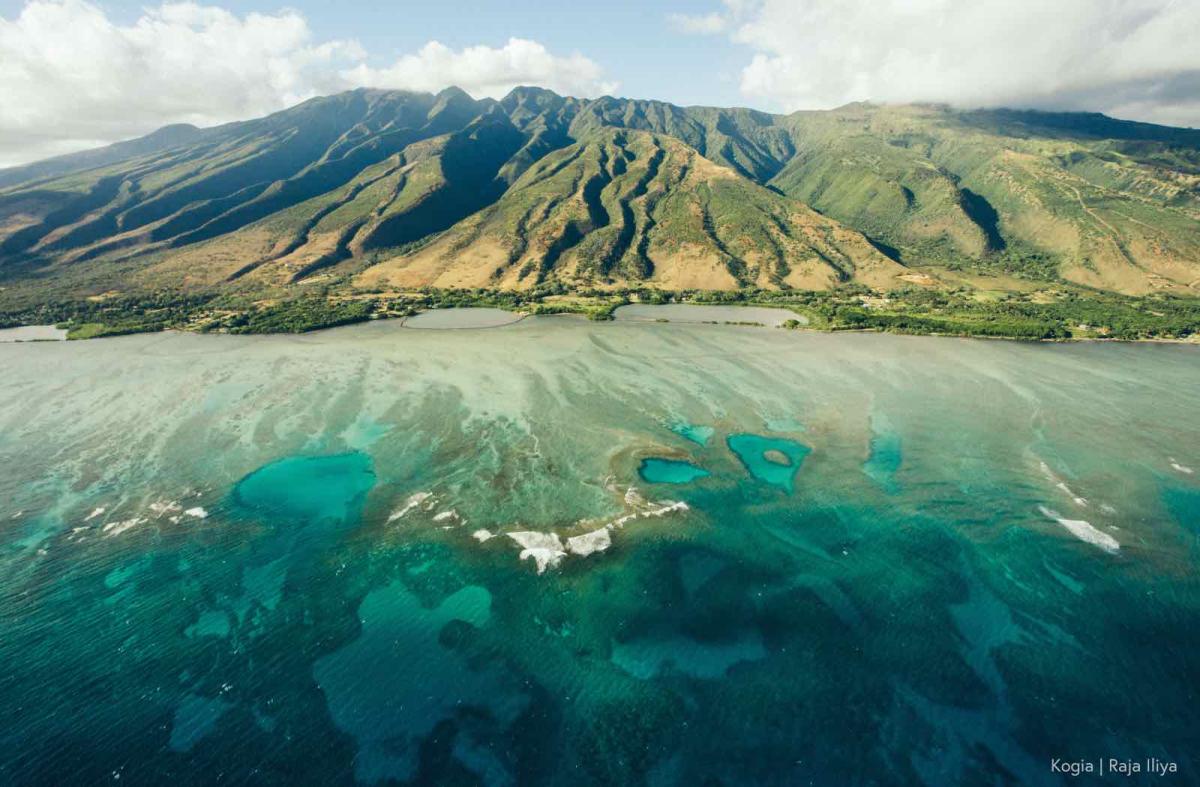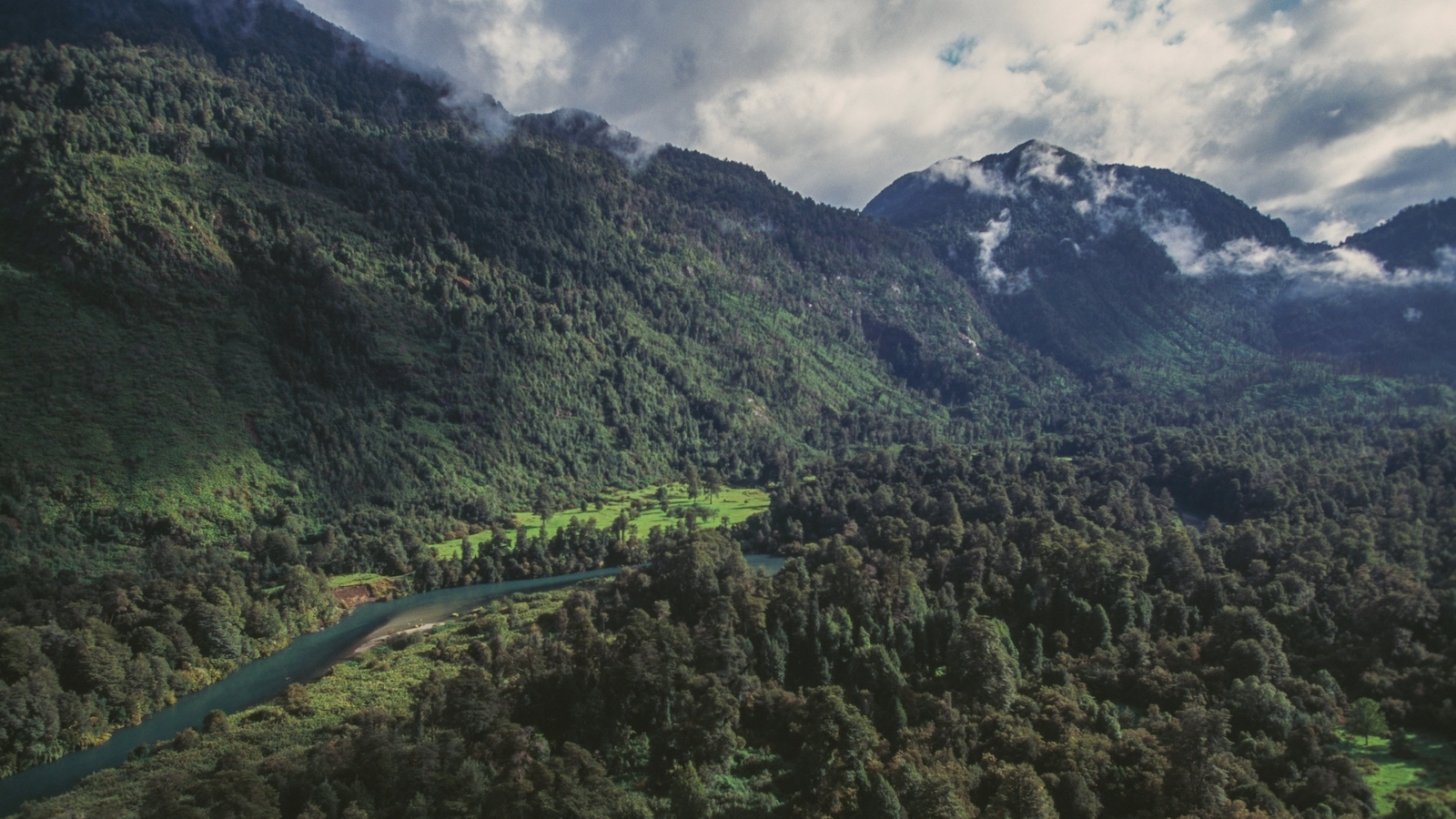A new study by researchers at University of Michigan (UMichigan) has concluded that almost half of food waste globally — roughly 620 million metric tons — could be saved by food supply chains being fully refrigerated.
Each year, approximately a third of worldwide food production goes to waste, a press release from UMichigan said. Meanwhile, according to the United Nations’ Food and Agriculture Organization, roughly 800 million people go hungry.
By fully refrigerating food supply chains — creating “cold chains” — greenhouse gas emissions related to food waste would be reduced by 41 percent globally, the study said.
“I was surprised to find the scale of our opportunity for reducing food loss and waste globally,” said Aaron Friedman-Heiman, the study’s lead author and a master’s student at UMichigan’s School for Environment and Sustainability, in the press release. “Approximately half of the roughly 1.3 billion tons of food that goes to waste annually can be solved through food supply-chain optimization.”
Parts of Asia could see a food loss reduction of 45 percent, as well as 54 percent lower associated emissions under optimized refrigeration conditions, the study said. And food loss in Sub-Saharan Africa could be reduced by 47 percent, while their emissions could drop by 66 percent in an optimized refrigeration scenario.
The researchers said the actual greenhouse gas emissions reductions would depend on cold-chain technology efficiency, as well as the carbon intensity of electrical grids, since emissions from refrigeration can be significant.
The researchers found that, in many situations, the development of less industrialized and more local “farm-to-table” supply chains could result in food savings comparable or even exceeding optimized cold chains.
The study compared the benefits of “farm-to-table” food systems with those of technologically advanced and globalized food-supply chains.
“Hyper-localized food systems resulted in lower food losses than optimized global, refrigerated supply chains,” said Friedman-Heiman in the press release. “The results help quantify the value of maintaining and supporting local food chains.”
The study, “The impact of refrigeration on food losses and associated greenhouse gas emissions throughout the supply chain,” was published in the journal Environmental Research Letters.
Roughly eight percent of greenhouse gas emissions produced by humans are from food losses, UMichigan said.
The study focused on losses that were part of the post-harvest to retail part of the supply chain, rather than on at-home or on-farm losses.
While the research accounted for food production emissions, it did not take into account emissions tied to supply-chain operations, refrigeration or landfilled food waste.
The researchers found that most food gets wasted at the household level in Europe, North America and other industrialized regions. This means improvements to cold chains would not significantly impact total food losses.
The study underscored the importance of food losses related to meat products, as their climate-related emissions were consistently more significant than those of any other type of food, mostly because of the intensity of greenhouse gases associated with meat production.
The pair of researchers from UMichigan found that meat makes up more than half of greenhouse gas emissions from food loss, despite its food losses by weight being less than 10 percent globally. They also discovered that optimizing meat’s refrigeration could lead to a reduction in emissions of 43 percent from meat loss.
The study modeled food losses at every stage in the supply chain, highlighting where cold chains could be optimized to lower emissions and food losses. They then looked at the effects of moving to an optimized system — one with refrigeration of high quality at every stage — from the currently inconsistent cold chains of variable quality all over the globe.
“Although cold chain infrastructure is rapidly increasing worldwide, an optimized cold chain will likely develop at different rates and in different ways across the globe,” said Shelie Miller, co-author of the study and a professor at the UMichigan School for Environment and Sustainability, in the press release. “This analysis demonstrates that while increased refrigeration should lead to improvements in both food loss and greenhouse gas emissions associated with food loss, there are important tradeoffs associated with cold chain improvements by food type and region.”
The post Improved Refrigeration Could Reduce Global Food Waste by 41%, Study Finds appeared first on EcoWatch.


